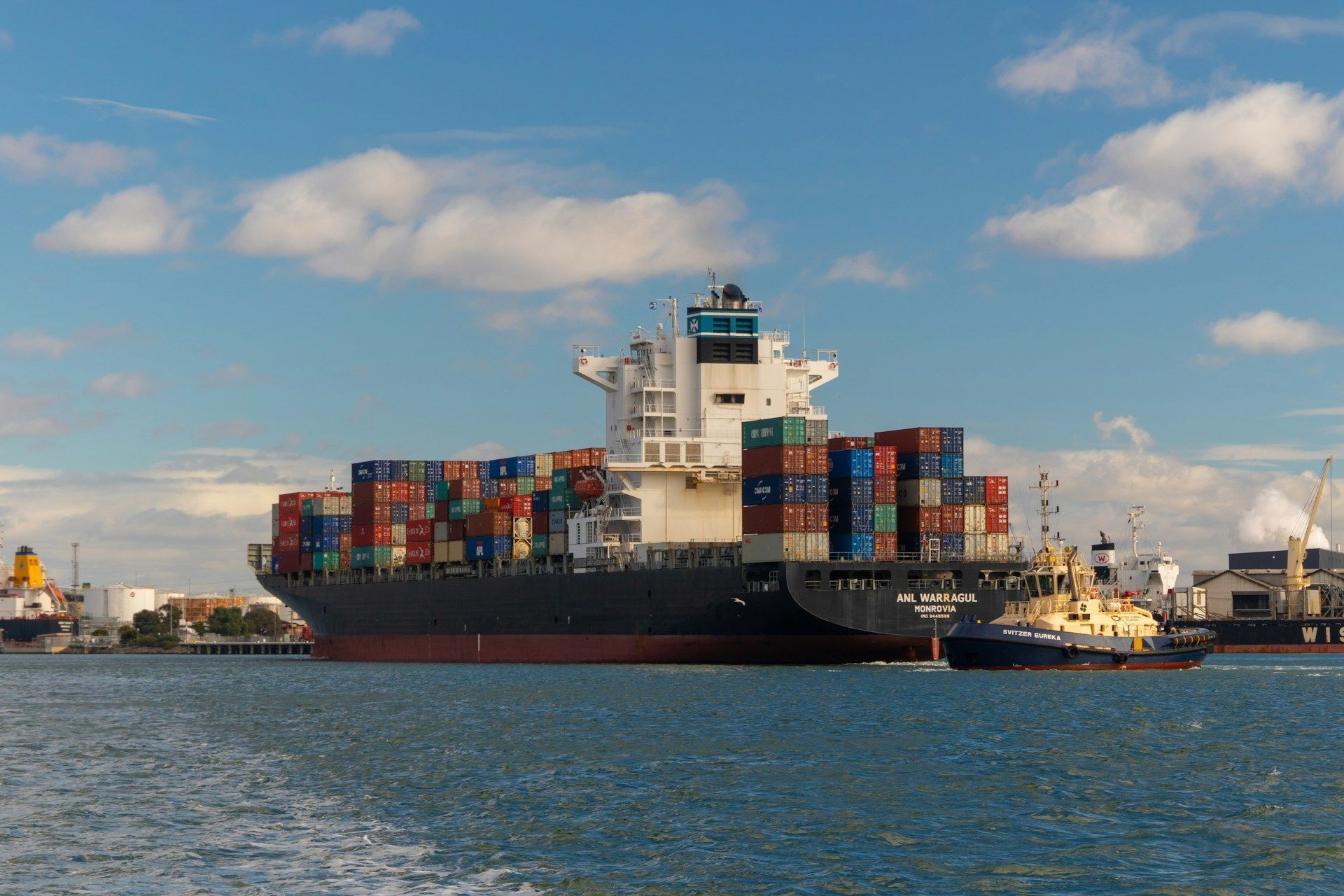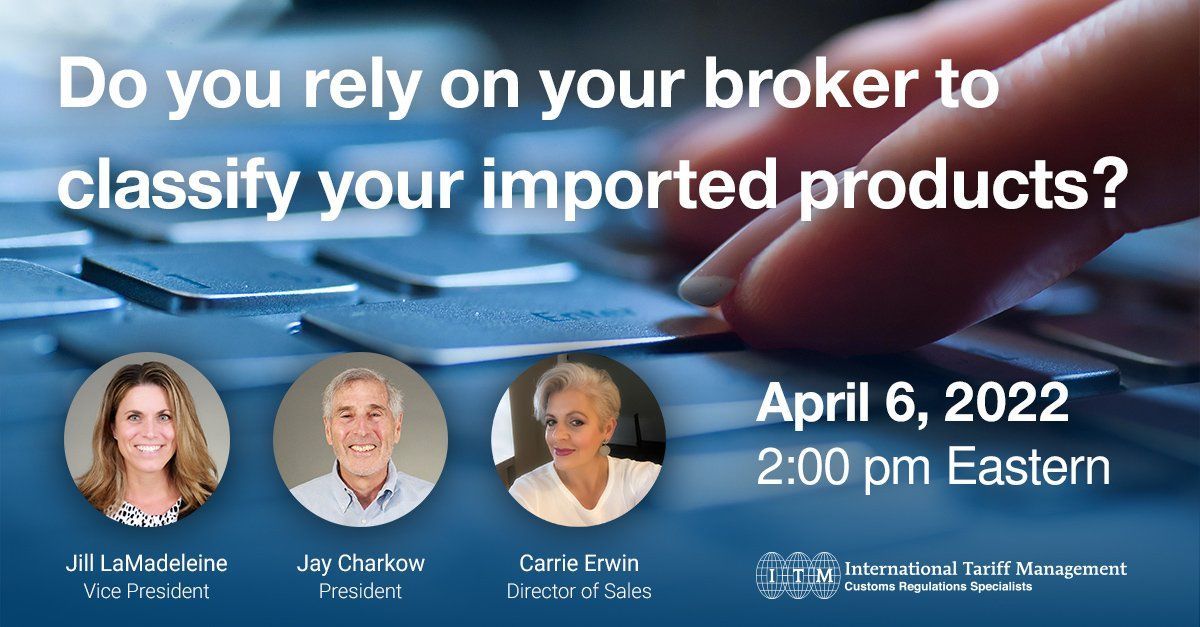Blog Layout
Free Trade Certification
May 10, 2022
Are your customers asking you to certify your items for free trade under a free trade agreement? Do you source from or ship to a country that participates in a free trade agreement with the U.S.? Do you know how to manage that process in order to alleviate the duties paid?
A free trade agreement (FTA) is an agreement between two or more countries where the countries agree on certain obligations that affect trade in goods. Currently, there are 14 Free Trade Agreements in effect in the U.S. with 20 different countries.
An importer collects and maintains the information to support the FTA qualification. An exporter from the U.S. is required to complete a declaration verifying that their goods qualify for free trade with the participating country.
The rules associate with FTAs are complicated and the analysis is intricate. There are multiple steps to the process and each one must be completed in order to move onto the next:
ITM works with many companies to help coordinate their free trade programs. Together, we identify all the exported products and their components. Then, ITM analyzes both the finished product and its components for FTA eligibility, works with your vendors in identifying and analyzing all of the components of your products and complete the documentation required to support the claims of FTA eligibility.
- Classify the product according to the HTSUS in order to determine the rule of origin for the specific finished product.
- Choose a preference criteria from the 4 available.
- Use the rule of origin to determine the qualification of the finished good.
ITM works with many companies to help coordinate their free trade programs. Together, we identify all the exported products and their components. Then, ITM analyzes both the finished product and its components for FTA eligibility, works with your vendors in identifying and analyzing all of the components of your products and complete the documentation required to support the claims of FTA eligibility.
Contact us today if you would like to review your process or begin to take advantage of any of the 14 Free Trade Agreements available.


By Jack LaMadeleine
•
12 Mar, 2024
In the intricate world of international trade, various mechanisms exist to facilitate smoother transactions and encourage commerce across borders. One such mechanism is duty drawback, a process that offers significant benefits to businesses engaged in importing and exporting goods. In this guide, we will delve into the concept of duty drawback, its benefits, and how businesses can leverage it to their advantage.
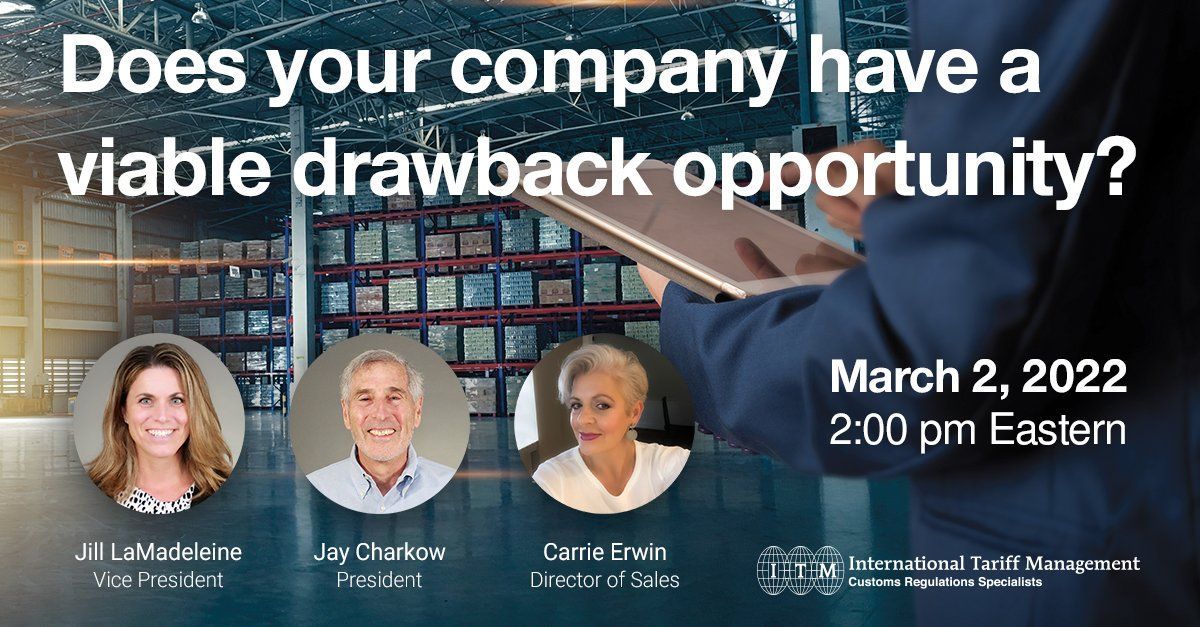
11 Feb, 2022
Duty Drawback is a refund from Customs, for 99% of the duties paid on imported materials that are subsequently exported, destroyed or used in the manufacture of exported goods. Today, only about 25 percent of eligible duty is being recovered. This means that $5 billion dollars goes unclaimed for drawback, and that money might be yours. So, how do you know if you are a candidate for a lucrative duty drawback program?

06 Feb, 2019
The new drawback regulations are written and will take effect on February 24, 2019. That’s less than a month from now!!
ITM is prepared to continue filing on behalf of all of our clients and we are excited about the possibility of new opportunities that will now exist under the new guidelines.
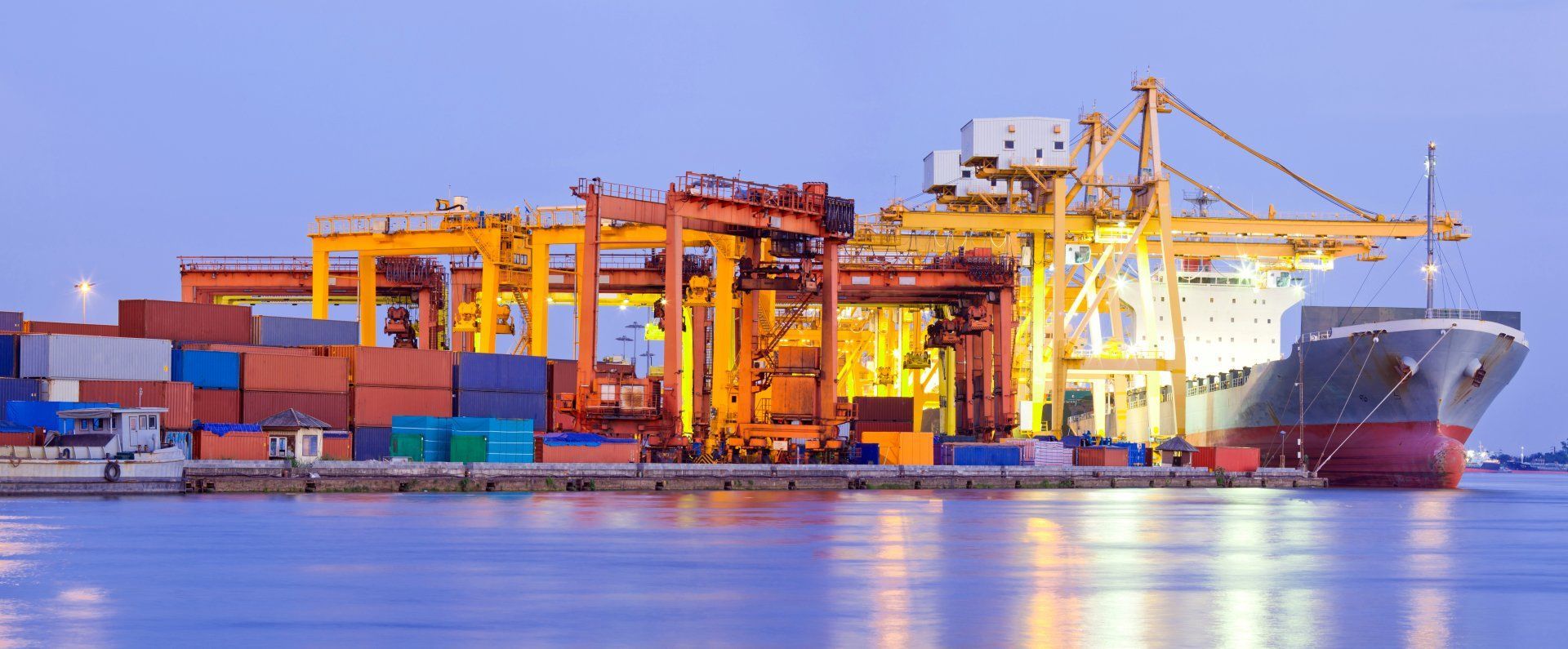
By jlamadeleine
•
08 Oct, 2018
Customs has maintained that the ultimate goal of TFTEA is to streamline and simplifying the drawback process. At this time, there are no formal regulations in effect, but the guidelines have been released and reviewed extensively by the trade. After much conversation and deliberation, the trade was allowed and has formally submitted a response to Customs on these proposed regulations and now waits the allotted 90 days to find out how they have been received and what the final determinations will be.
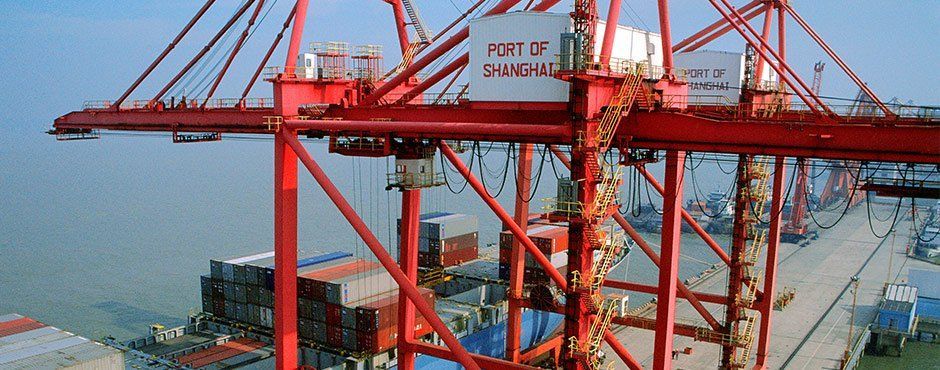
25 Sep, 2018
In April of 2018, the current administration announced that it would impose increased tariffs on items imported from China. By April of 2018, the Office of the US Trade Representative (USTR), released the first list of 1,300 tariff numbers subject to an additional 25% duty. That list, referred to as US List 1, went into effect on July 6th and included steel and aluminum. The USTR announced that this would subsequently be followed by a List 2 and 3.


